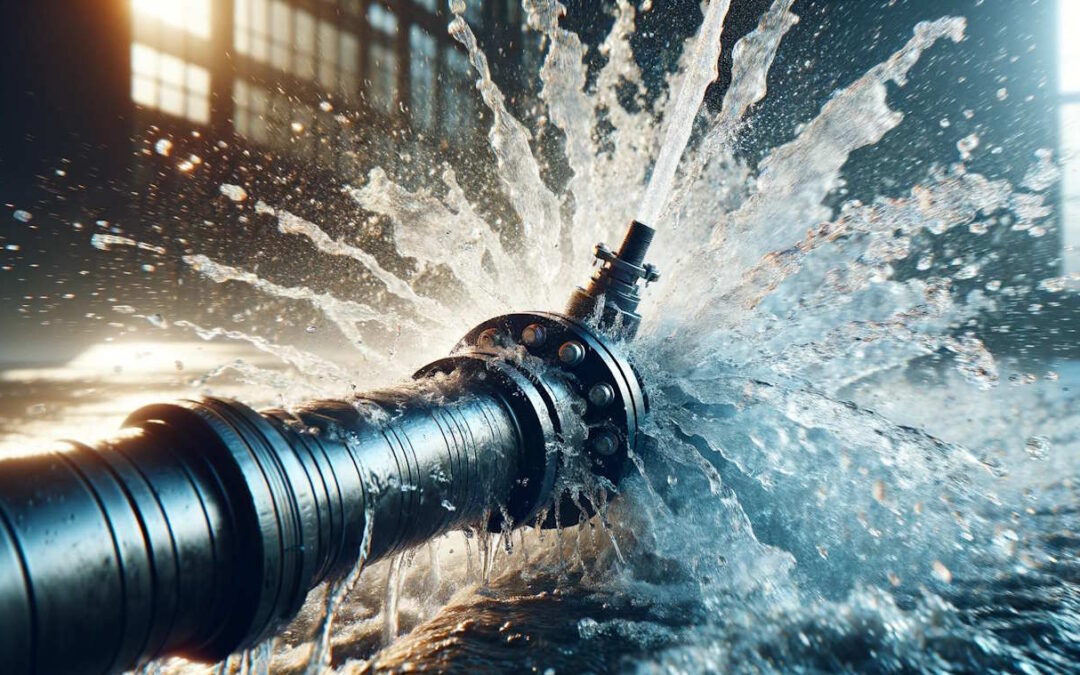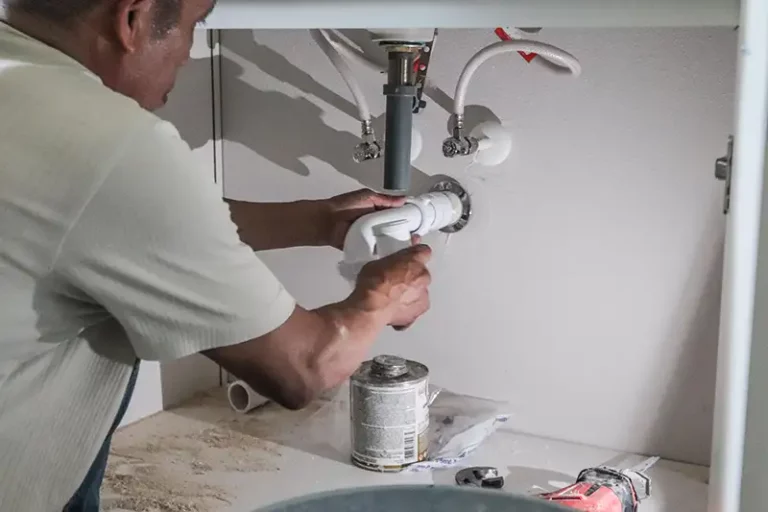
Emergency Leak Shutoff System: How Do They Work Efficiently?
Share

Introduction to the Tech-Savvy Solution
The advent of the emergency leak shutoff system marks a revolutionary stride in safeguarding infrastructures against unforeseen leaks. Whether in homes, workplaces, or large industrial plants, their applicability transcends mere functionality and enters the realm of smart technological innovation. In this article, we'll delve deep into the intricacies of these leak prevention mechanisms, perfect for tech professionals and enthusiasts eager to understand these groundbreaking systems.
The Genesis of Leak Detection Technology
Before the inception of the modern emergency leak shutoff system, traditional leak detection relied heavily on manual inspection methods with inherent inefficiencies. These early practices often resulted in delayed response times, leading to expensive damages and operational downtime. However, today's systems integrate advanced IoT technologies to autonomously monitor pipelines and environments for any indications of leaking. Such innovations have greatly increased the effectiveness of detecting and responding to leaks.
Key Components of the Modern System
In essence, an emergency leak shutoff system consists of several key components that enable it to function efficiently. Typically, these include sensors, actuators, control units, and alarms, all networked to form a seamless interaction with each other. Water sensors function as the system's eyes and ears, continuously monitoring changes and providing real-time data processing that sets modern systems apart.
Transition to IoT-Enabled Leak Solutions
The integration of the Internet of Things (IoT) in leak shutoff systems has enabled unprecedented levels of precision and automation. Thanks to IoT, these systems can now communicate through internet-enabled networks, sending real-time alerts to users wherever they might be. Tech professionals, in particular, appreciate the customization and scalability this added technology brings. You can learn more about how IoT helps with acoustic leak detection.
Strategic Applications in Diverse Arenas
Given their robustness and technological prowess, emergency leak shutoff systems have found a home in varied settings. From averting water wastage in homes to preventing catastrophic losses in industrial domains, their strategic applications are as numerous as they are invaluable. For those interested in home applications, consider reading more about our home protection water sensor.
The Role of AI in Modern Leak Detection
Artificial Intelligence (AI) is another driving force behind the efficiency of these systems. AI algorithms learn and predict leakage patterns, providing predictive maintenance that reduces reactive measures. This significantly saves both time and resources, minimizing downtime in industries where every second counts.
Exploring Future Trends
The future of the emergency leak shutoff system is a glimpse into the boundless potential of modern science intersecting with societal needs. New technological advancements are on the horizon, including 5G connectivity, blockchain, and augmented reality enhancements, each promising to elevate these systems capacities further. Stay updated on the latest advancements in flood detection devices.

FAQs
What is an emergency leak shutoff system?
An emergency leak shutoff system is designed to detect and automatically shut off water or gas leaks to prevent damage. It incorporates sensors and control units to manage leakage proactively.
How does IoT enhance leak shutoff systems?
IoT offers real-time monitoring and alerts, automating the detection and management processes, therefore maximising efficiency and reducing response times.
Can these systems be used in residential buildings?
Yes, the technology is highly adaptable and can equally benefit residential settings by preventing water damage and providing homeowners peace of mind. Check out how a smart water leak detector operates for further insights.
